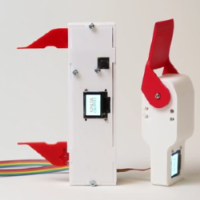
SPATA is an interactive tool with a tighter integration with digital fabrication and design workflows. We transforme the tools (protractor and callipers) into tangible interactive elements that can act both as input as well as output devices. The integration with design environments allows the designer to work with reduced number of switches between the tool and the digital workspace.
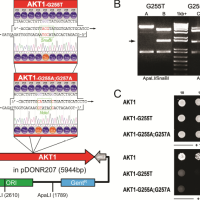
SDM-Assist generates primer sequences for site-directed mutagenesis. SDM-Assist truncates the primer design process, replacing a long tool chain and substantial manual manipulation, with a a simple and user-friendly platform independent interface (Mac and Win). It prodives additional features like customized restriction enzyme candidates lists and score-metrics to maximize viability of the primer. SDM-Assist is available here [].
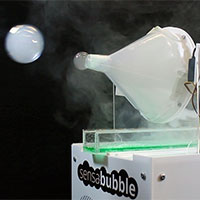
SensaBubble creates scented bubbles to deliver information through multimodal channels with temporal persistence. The system reliably produces single bubbles of specific sizes along a directed path. Each bubble is filled with scented fog relevant to a notification and also projected upon. The temporal persistence is extended through the scent released upon the bursting of the bubble, leaving a longer-lasting perceptible trace of the event.
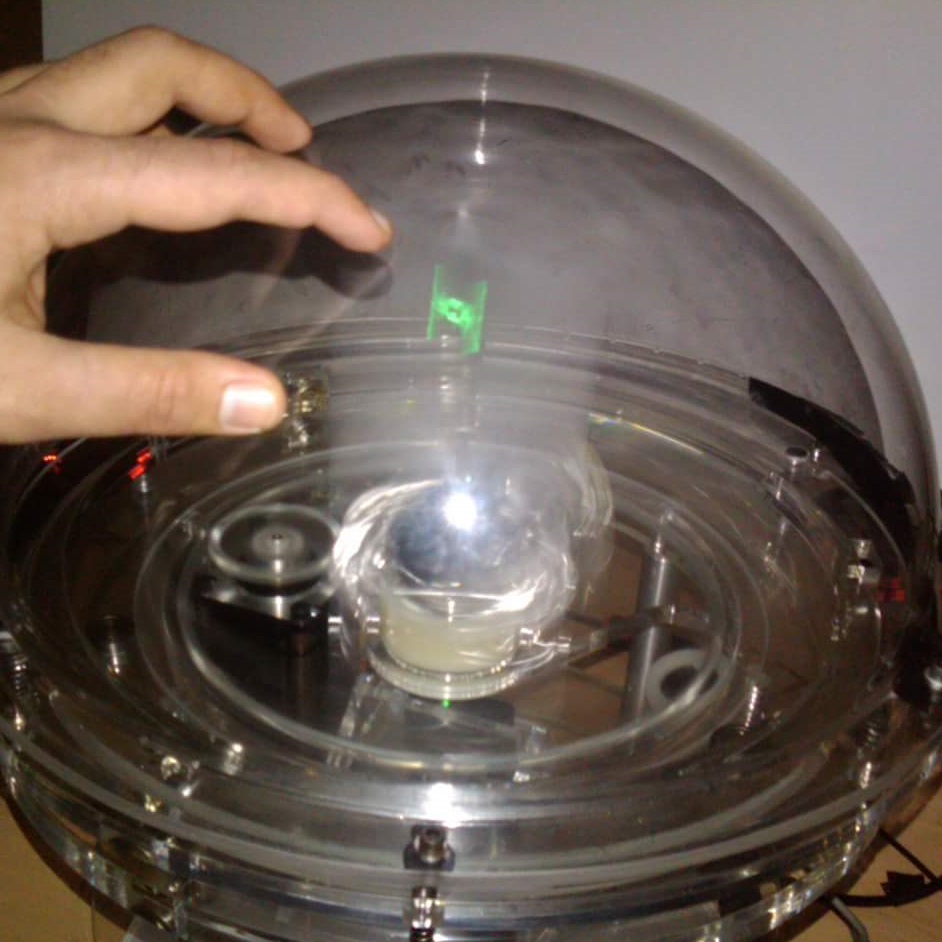
VORTEX is a volumetric display that displays images with real dimensions (even for depth). VORTEX users can view virtual objects without having to wear any special glasses. VORTEX [Mk 2] is an isotropic swept volumetric display. It is a 10 million voxel, 8 volumes/sec 1-bit monochrome system. It is accessible from full 360-degrees and is also capable receiving multiple touch interactions on its protective shell
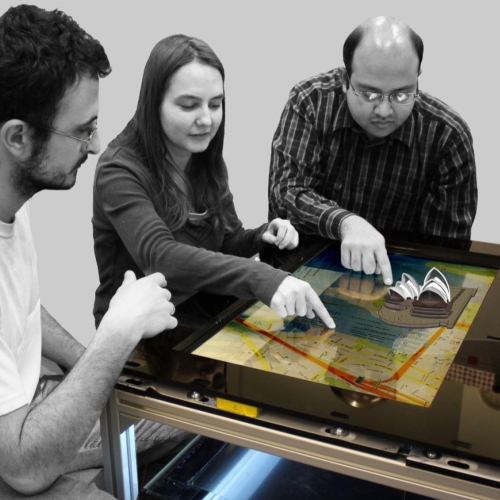
PiVOT is a novel tabletop designed to aid mixed-focus collaborative tasks. It addresses the challenge of simultaneously providing shared content and personal content on the same display surface without cross-talk. Using Lumisty film and a liquid crystal sandwich, PiVOT sets up two view-zones, through which it provides multiple personalized views to individual users while presenting an unobstructed shared view. It also supports mixed-content i.e. 2D and (auto-stereoscopic) 3D images.
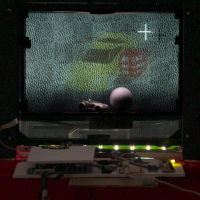
MUSTARD is a multi-view display based on the concept of dynamic Random Hole Displays (dRHD), which relies on revealing parts of the screen to individual users over time. MUSTARD is also a see-through display which is achieved by allowing unpolarized light to pass through unaffected while polarized light makes content visible. Since the device generates multiple views and objects behind it are visible at the same time, it is possible to present augmented reality views which are unique to each user.
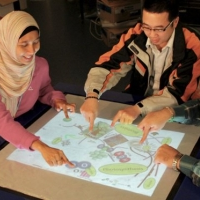
Multitouch interaction capabilities of tabletop displays determine its effectiveness for a particular task. We were able to implement interpretation schemes to allow object manipulation, touch-based doodling and also pantograph based inputs. The system consisted of a home-brew FTIR table capable of operating on TUIO based messaging and a Flash-application wrapper for the experimental tasks. The device helped investigate collaboration and communication patterns of children around the tabletop in educational settings.
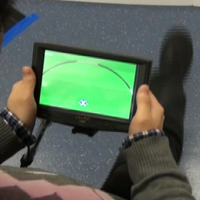
This project explores how foot gestures can be used as interactive inputs to a mobile device. The design space of kicking is investigated in detail for its viability as an interaction technique. We identified how effective users were at input using kick direction and velocity. Based on our findings we proposed some specific applications in which kicks could prove beneficial.
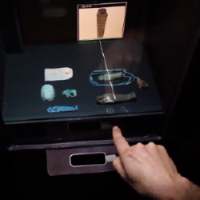
We explore the capabilities of reflective optical combiners like beam splitters and two way mirrors. This supports overlapping of the digital contents on the users' hands or bodies. We merged the physical and virtual spaces in front and behind the combiner and explore the interactive capabilities of the system. We explore the design space, identify novel augmentations/interaction opportunities and explore the design space using three prototypes.
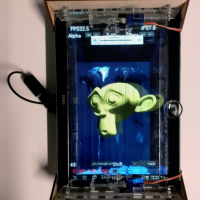
Portallax looks into the usage of actuated parallax barriers that can be used to retrofit existing tablet devices. The simple fitting allows a tablet device to support visual 3D content without any other user-mounted accessories. Portallax also investigates how the barrier can be best positioned on the tablet to maximize the view quality for each eye. The user's eyes are tracked in 3D space for on-the-fly perspective correction.